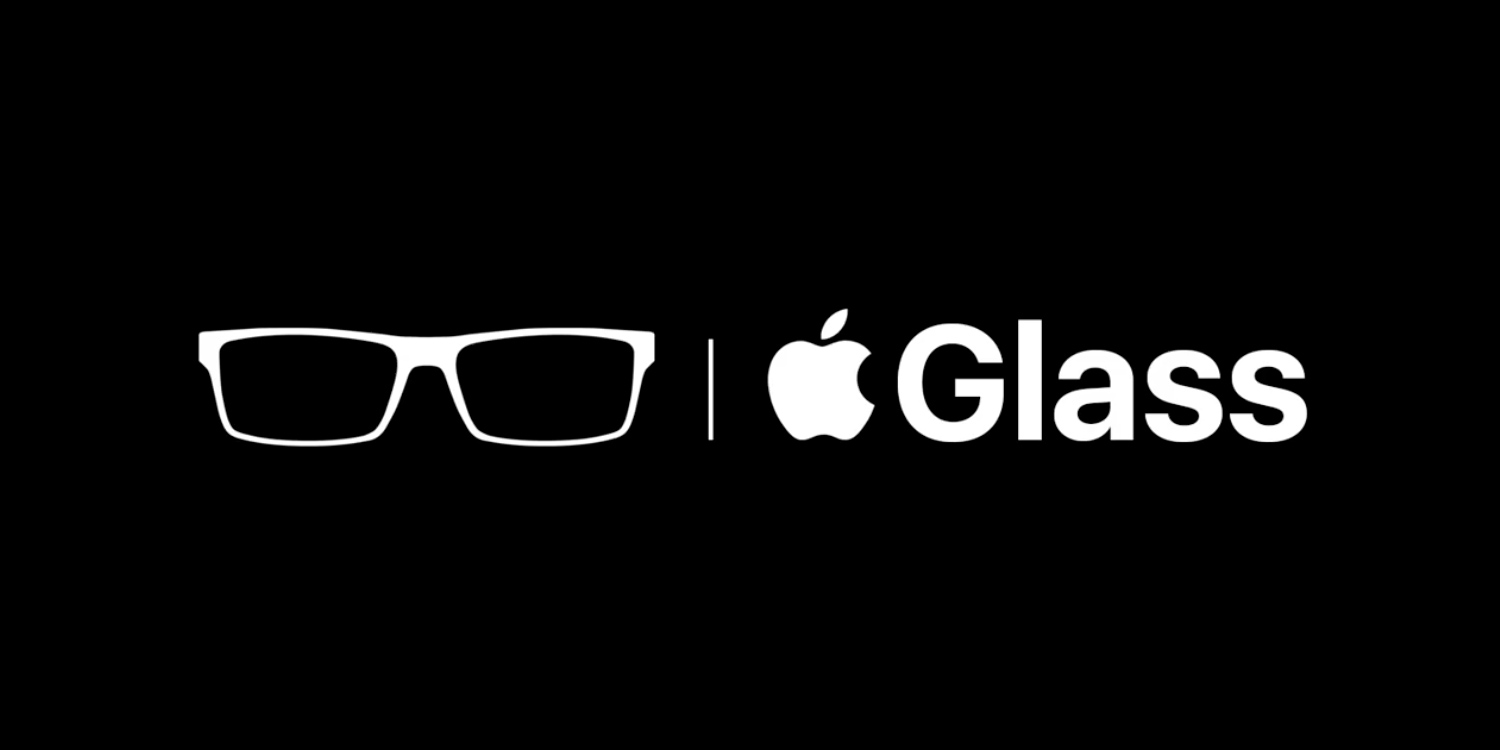It should come as no surprise that Apple is working on a set of augmented reality (AR) glasses – it’s been an open secret for many years.
We first seriously reported on the rumors in 2016, found an Apple patent for a “head-mounted display” in 2017, watched as Apple acquired AR experts Akonia Holographics in 2018, and speculated on the hidden “StarBoard” interface found in iOS 13’s codebase in 2019.
Now in 2020, according to a detailed set of leaks from Jon Prosser, we could see Apple’s AR glasses released before the year is out. If these leaks are accurate – and Prosser has a decent track record – they paint a pretty good picture of what to expect from Apple’s most mysterious product in years.
Here are the top five things you need to know.
They’ll look like normal glasses
Unlike the infamously disappointing forays into smart glasses from other tech companies in the past decade, Apple’s effort will look much closer to conventional specs. Anything that doesn’t scream “I’m wearing a computer” seems like a good call to us.
There’s no word yet on whether different frame designs will be available, but Prosser says they will also be compatible with prescription lenses for an additional fee.
Heads-up display
According to the report, the glasses won’t be capable of the kind of advanced mixed reality experience you might find in an episode of Star Trek. Instead, the glasses will be more like a heads-up display for viewing notifications and making Hey Siri requests without touching your iPhone. There’s also talk of a new type of QR code that could be scanned to launch specific interactions.
The interface will present as a floating surface in front of your eyes, though we imagine there will be plenty of customizations to ensure comfortable and safe viewing. Turn-by-turn walking directions could be particularly useful to view as an overlay on the real world.
No on-board camera
It’s easy to think that any such wearable would include a camera system. Not so for Apple, though, who take pride in their commitment to privacy. Google Glass was seen as creepy and invasive, while there are reports of Snapchat’s Snap Spectacles being used to secretly film confidential documents.
Smartly, it seems Apple has decided there is little practical benefit to having a camera permanently strapped to your face. Leaving it out not only saves opening a can of privacy worms, but it will also allow the glasses to be thinner and lighter.
Futuristic gesture controls
Instead of a camera, it looks as though Apple will instead include an infrared LiDAR sensor – like the one in the latest iPad – in order to capture environmental depth maps and hand movements made directly in front of the glasses.
This would allow for interactions to be made by tapping various parts of the device, like with AirPods, as well as swiping your hands in the air, like in Minority Report.
Apple Glass from $499
Apparently, the working title for the product is Apple Glass. Whether that will change to something less evocative of Google Glass by launch is anyone’s guess.
Reportedly, Apple wants to unveil the product this year, ideally alongside the iPhone 12 in September. However, the current global pandemic may cause delays to that time frame. Either way, Prosser expects a $499 price point. Tempted?

